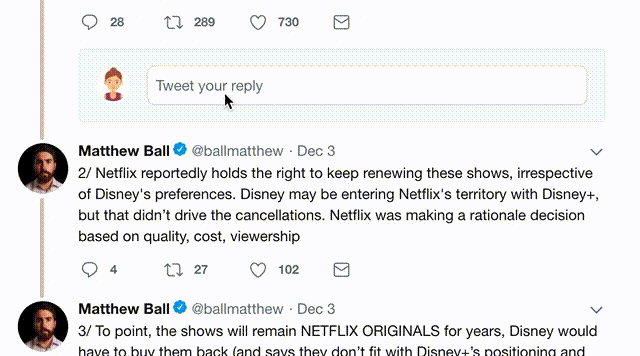First i want to get a few things out of the way:
• There is no "best" way to do this.
• I will be explaining my experience and what works consistently for me.
Let's start!
1. Define the portfolio size you will trade with.
2. Define your risk appetite.
3. What is your main trading style?
4. How do we determine position sizing?
Personally, i found it very liberating to have my portfolio's split into a long term "hodl" portfolio and a trading portfolio.
I set aside some BTC at one point that is ONLY for trading and NOT for long term investing.
Lastly, it is important to define how much you are willing to trade with. Let's say we trade with $1000 (0.085 BTC atm) for now.
It is important to define how much risk you're willing to take.
This means that if your trading portfolio is worth $1000, and you take 1% risk per trade, your risk in USD per trade will be 1000 * 0,01 = $10.
Or 0,085 * 0,01 = 0,00085 BTC per trade.
The higher the risk, the bigger the reward, but also the bigger the loss, obviously.
Your risk percentage can also be entirely dependent on the way you trade. If you're a scalper (Quick trades with tight SL's and big positions) you may do tens of trades A DAY.
If this is you, it might be smart to use a smaller risk %.
You have to determine your entry, target and stop loss BEFORE buying into a position.
When you did so, you know the risk/reward ratio you're getting for that trade and if it's worth taking it.
0,34 ETH is our position. The stop loss is 7,14% from our entry.
0,34 * 0,0714 = A loss of 0,024276 ETH.
0,024276 * 0,0035 (entry price) = ~0,00085 BTC.
Using proper risk management helps you stay in the game. It saves you against inevitable loss streaks and reduces the drawdown your portfolio has immensely.
Find out what works well for you and stick with it if it's working.
Let me know if you have any questions and share this with others which you think this thread might be helpful for. 👍









